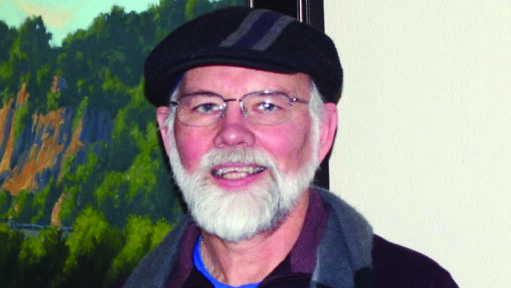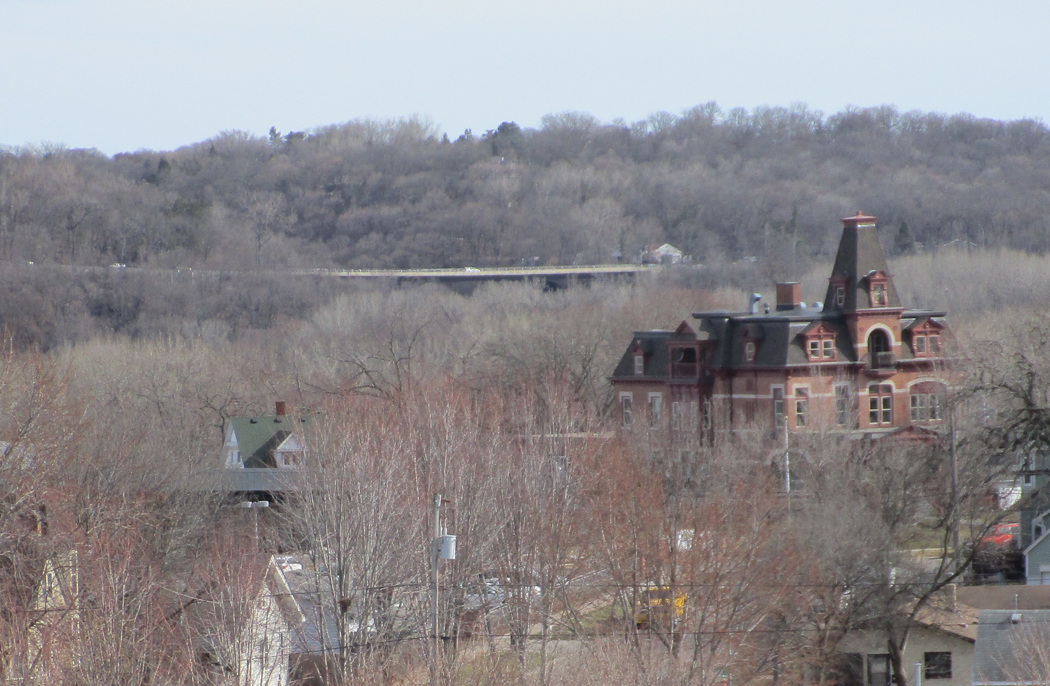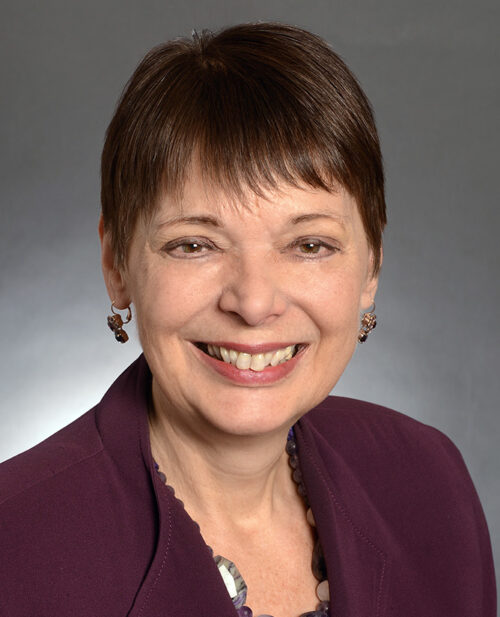Taking the hard route
The outfitter who rented us our canoes was clear about which Boundary Water Canoe Area route we should take. He pointed to one route and said “It is not too hilly. The trail is dry and overall, much easier.” Then he pointed to an alternate route which he did not recommend, noting “This one takes you through some marshy area and then across a rock and boulder-strewn field that you would have to negotiate.” We would, of course, be carrying our canoe and camping gear. Both routes took you to the same destination. The decision seemed simple: Take the easy route. My 15-year-old son and his two friends looked at each other and immediately said, “We’ll take the hard route.”
For most of us, the easy route has appeal for good reason. I sit staring out my window at the fresh fallen snow. I can spend three or four hours shoveling, or I can get out the snow blower and be done in an hour or so. When I wish to help organize a get together with my extended family, I send out a group email rather than speak with each family member individually about when they might be available. It is simply easier.
But there are times when the easy route, while seemingly simpler, is anything but the best option. The choice we regularly face of living out of anger and hatred or the more complicated and challenging route of love and compassion toward those with whom we disagree is such a time.
New York Times columnist and author David Brooks recently wrote a column entitled, “America is Falling Apart at the Seams.” After noting the puzzling statistic that while total driving time is down, highway accidents are up, Brooks quotes another study whose authors observe “all kinds of bad behavior is on the rise,” weaving together statistics reflected in episodes we all too commonly hear about in the news. The study documents a rise in abusive behavior on airlines, in hospitals, in schools, at youth sporting events by parents, violent carjacking, and the list goes on. Brooks quotes other studies that demonstrate that just as hostility and animosity are on the rise, investing in our public institutions is on the decline. Charitable giving is down.
There is no simple explanation for what is happening. We do know that even if it is not the cause, the current polarization on our political and social landscape is at a minimum adding to the problem. In this environment of picking sides and quickly identifying those who are our opponents, the easy route is one of anger and hostility toward those who seemingly stand in our way. Much like COVID with its many mutations, the dynamic of animosity and anger goes well beyond political affiliations. It affects and infects everything from our workplace to our places of worship, our community, even our families.
The route that can get us out of this mess is the more challenging route of love and compassion. It is a choice we face every time we encounter disagreement or opposition. Which route will we take, love or hostility, compassion or animosity? It would be a mistake to believe love and compassion are simply pious or unrealistic options. Love and compassion have been the guiding force for those who have spoken most forcefully about such things as racial justice, believing firmly that love is the only power that gives life. Bishop Desmund Tutu, the famous champion of human rights in South Africa said, “Goodness is stronger than evil, love is stronger than hate.” Dr. Martin Luther King, Jr. said, “Darkness cannot drive out darkness; only light can do that. Hate cannot drive out hate; only love can do that.”
We make the choice every day about which route we will take. Should we choose love, we are soon reminded the route comes with challenges. It is no easy thing to love and care about those with whom we profoundly disagree, who stand in opposition or simply make our lives inconvenient. Anger, animosity and hatred often seem so much easier. We identify the enemy. We build up our defenses. We withhold our investments. The challenging route, the one that really asks something from us, is to engage with love and compassion.
I was already in my late 50s when my son and his buddies opted for the hard route in the BWCA. I would have readily gone for the easy route. But, when we did arrive at our destination, there were no regrets. On the harder route we encountered an amazing boulder field that I had never seen in the Boundary Waters. The boys rose to the challenge and, while tired, felt good about what they had done together and all they had achieved. There are ample reasons for taking the easy route, but there are clearly times when the hard route is the best route. Our communities and nation need those willing to take the hard route.
Tim Johnson is a retired pastor of the United Church of Christ.



